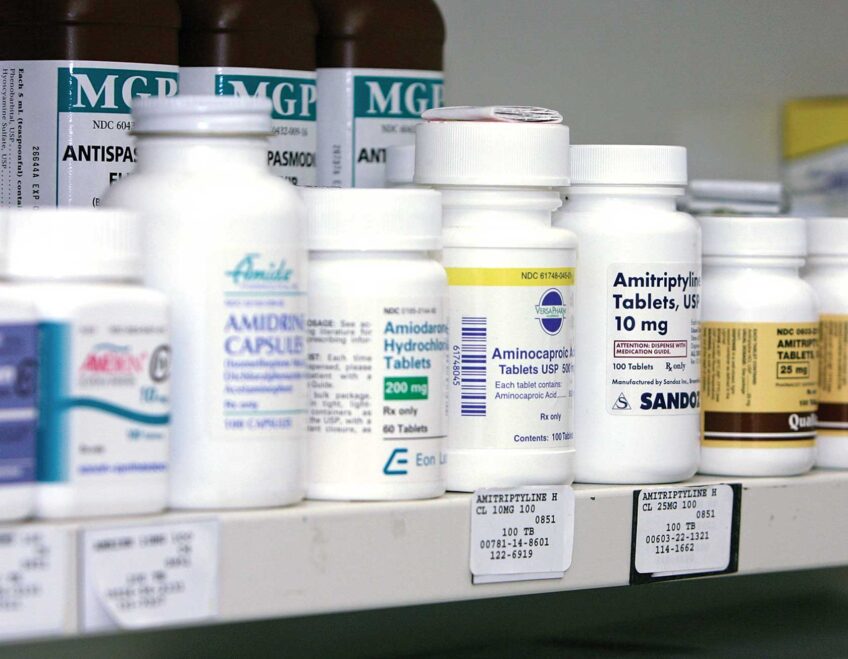Transient ischemic attack: A warning … and an opportunity
TIAs are often signs of an impending stroke

It goes by many names — mini-stroke, little stroke or just its initials TIA. Regardless of what you call it, a transient ischemic attack is a warning that a stroke may be on the way.
Although called a mini-stroke, there is a difference between the two. A TIA is temporary. Symptoms typically resolve within an hour, but can persist for 24 hours, according to the National Institute of Neurological Disorders and Stroke.
More significantly, a TIA does not result in permanent brain damage. Strokes, on the other hand, cause the death of brain cells and often permanent disability.
There are some similarities, however. Both are caused by decreased blood flow to the brain due to a blood clot or narrowing of a blood vessel in the brain or in a vessel leading to the brain. The narrowing is typically the result of a buildup of plaque in the arteries due to high levels of cholesterol.
A TIA also shares symptoms of a stroke:
• Sudden weakness, numbness on one side of the body;
• Confusion;
• Difficulty speaking and understanding speech;
• Trouble seeing in one or both eyes;
• Dizziness, loss of balance or coordination;
• Sudden and severe headache.
It is not necessary for all symptoms to occur to be considered a TIA or stroke. The symptoms are determined by the specific part of the brain affected. Even one symptom should put you on alert.
Although a TIA resolves quickly on its own, that does not mean that you’ve dodged the bullet. It is possible to have a recurrent TIA. More significant, however, is that roughly one third of people who have a TIA will eventually have a stroke. More than 10 percent will have a stroke within three months of the TIA, according to MedlinePlus, a publication of the National Institutes of Health.
The good news is that it may be possible to prevent a TIA. Some risk factors, including family history, age, race and gender cannot be controlled. TIAs are more common among people older than 55, males and African Americans. Sickle cell disease, which is common among blacks, is another risk factor.
Yet, there are some conditions within one’s control. Management of high blood pressure, high cholesterol and diabetes are essential to prevent or minimize one’s risk. More than 50 percent of all strokes are caused by uncontrolled hypertension, according to the American Stroke Association.
Healthy lifestyle choices – not smoking, regular physical activity, healthy eating and weight control are also linked to TIAs and stroke.
Treatments vary and may include medications to prevent blood clotting as well as those to treat high blood pressure and other chronic conditions. In some situations, surgery is required to open a clogged artery that leads to the brain.
Although a TIA is temporary it is still a medical emergency. Since the symptoms of a stroke are identical, it is not possible initially to discriminate between the two. If it is a stroke, there is a short window of opportunity to benefit from a clot-busting treatment that can dissolve the clot and improve blood flow to the part of the brain being deprived of blood.
Do not wait for the symptoms to subside. Call 911 right away.






